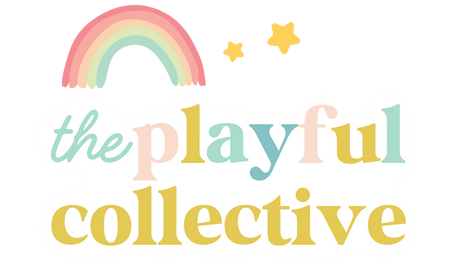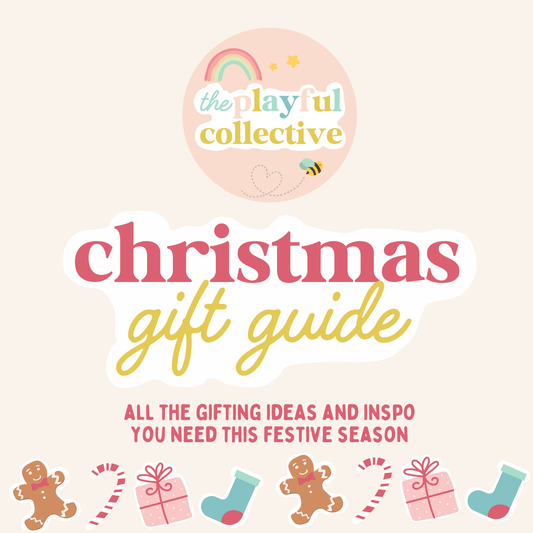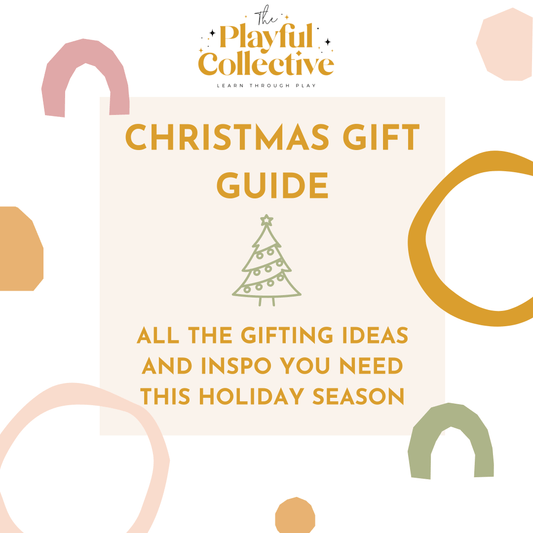You might be brand new to the world of open-ended play and are wondering what on earth it means, and why is it such a buzzword? Isn't play just play?
Well, let me break it down for you.
Open-ended play is play that has no limitations and doesn't have a predetermined "answer". For example, play using objects from nature. A twig can be a walking stick, a magic wand, a barrier, a pencil in the sand, a flag pole, used to help build a fort... the opportunities are open and endless.
Open-ended toys are toys that can be used in any number of ways, only limited by the imagination and creativity of the child using them. If you're unsure if the toy or resource you are purchasing is open-ended, ask yourself - what could it be used for? Does it have a specific function? Is my little one likely to use it in different ways? Or are they being directed to complete a set activity?

Removing limitations on play gives our little ones the opportunity to to really use their creativity and imagination. They can create their own way of playing with the object and develop a story around it. This is a really invaluable way for children to process and work through any events, friendships, and new situations they may encounter during their day. They can either retell stories or make up their own and it is a great way to build self-esteem.
Open-ended play is especially beneficial after a period of structure, for example, school, and can be a lovely and calming reprieve from the rules. Without the 'right or wrong' this type of play can be freeing! It also encourages independent play, as they get lost in their little world - which gives us parents the perfect opportunity to get some of our own tasks done (or lets face it, have a well earned break!) The benefit of imaginative play to their physical, social, collaborative, emotional, lingual, creative and problem solving skills is far-reached and often completely underestimated.

On the other end of the spectrum, a close-ended material or resource has one purpose or an "answer". For example, a stacking cylinder or a puzzle. This type of resource most definitely has it's place in any play room or early learning setting and offers a child a sense of purpose, ownership, order and the satisfaction of accomplishment.
A close-ended toy provides a level of challenge for the child, the use of concentration, an opportunity for self-correction, to experience sequencing (the steps taken to complete a task), and to learn a specific skill and then master it, as they feel the satisfaction of completing their work and saying "I did it!"

There are reasons for each and for both, and it shouldn't be an either/or situation. In fact, a child will often create open-ended play with anything they have on hand anyway! Ever had your parents or grandparents say to you, "all we had was a few pegs and a bit of cloth, and suddenly we had a doll house." A child has the innate ability to be imaginative. Providing a range of visually beautiful and versatile open-ended resources will only enhance and build on those abilities.
A well rounded play style and play room will include resources that are both open and closed-ended, as both are wonderful for problem solving, literacy skills, social skills and finding calm, and both are valuable and enjoyed by children. Balance is key!
We hope you enjoyed reading this resource. If you have any ideas on topics you would like us to cover in future, feel free to reach out!




